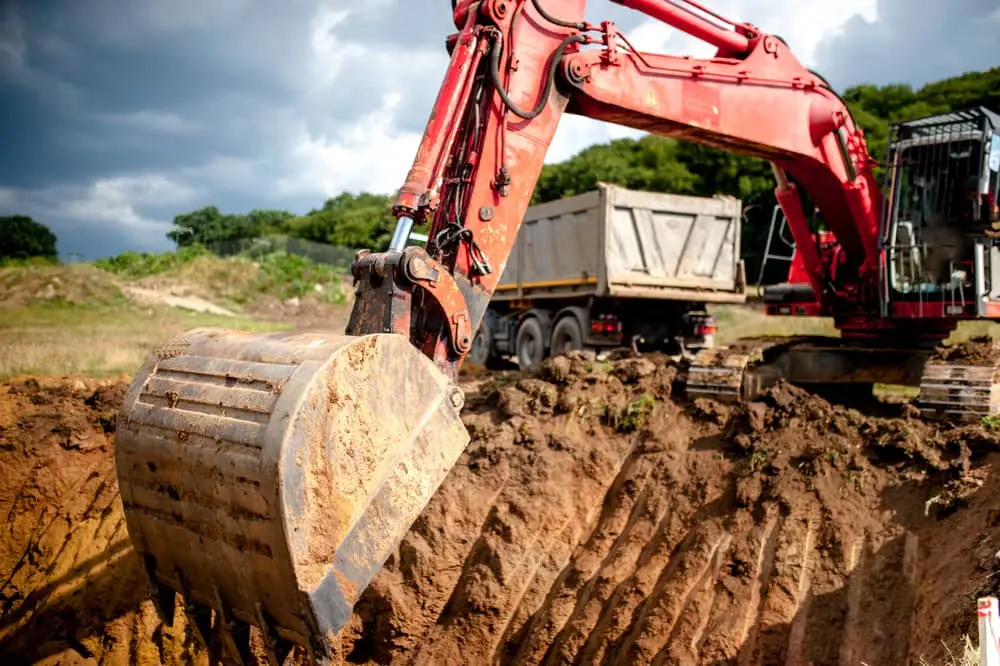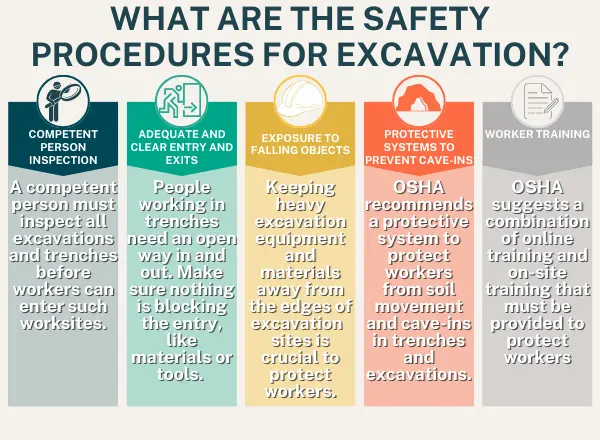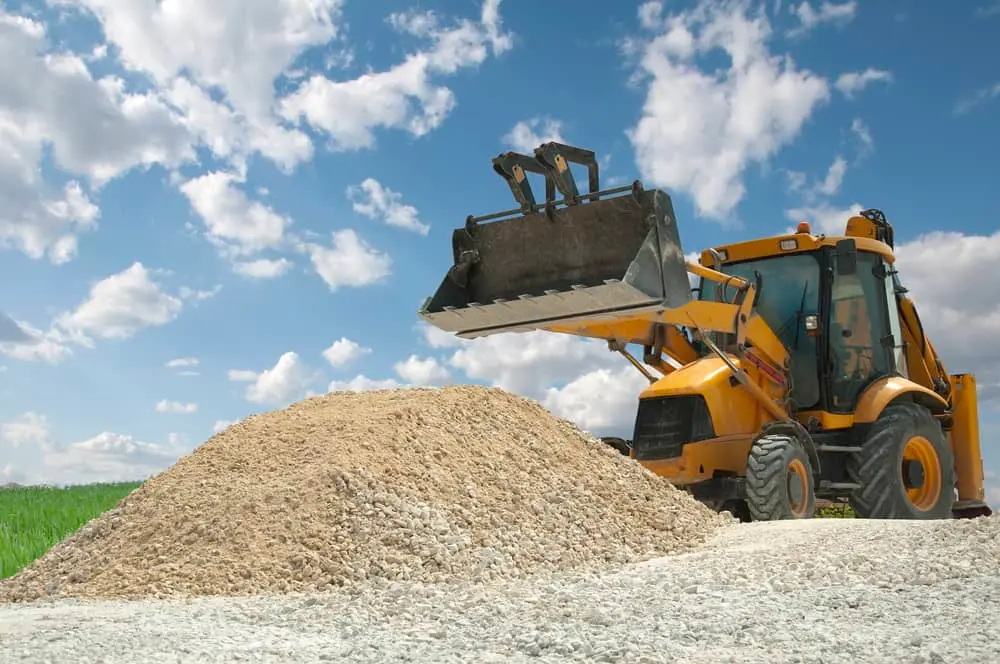
Whether constructing a commercial or residential building, roadways or bridges, or installing pipes and underground utility lines, inspecting and preparing the land to ensure a sturdy foundation is critical; excavation is an important aspect of any construction project, involving various tools and techniques to shift soil, rock, and materials, creating a cavity, and preparing the area for construction.
For building projects, construction firms use a variety of excavation types. The material and the aim of the excavation determine the type of excavation utilized. So, what are the procedures for excavation? And are there other types of excavation?
Here are some types of excavation in construction classified based on material and purpose:

As the name implies, this excavation process involves removing the outer or upper part of the earth's surface. The excavation procedure eliminates plants, soil, and other decaying debris that may render the site unfit for structural loads.
Excavating in this method is used for surface cleaning, particularly on difficult areas that impede construction. The level of difficulty of rock excavation exceeds that of other approaches. It is mostly because specialized tools and processes, such as drilling or blasting, are required to remove the rock and clear a durable surface.
Muck, the combination of soil and water, is often undesirable during construction and needs to be removed. Muck excavation is named after the material being removed. The muck is either moved to another area or spread out to dry.
To create a foundation for buildings and bridges or construct drainage ditches, various layers of earth need to be removed. Earth excavation includes the removal of soil, the layer below the topsoil, for construction.
Stripping excavation, also called by that name in construction, is applied to clear expansive spaces. The method removes broad and superficial layers of topsoil, rocks, sand, and other undesired substances. This process might additionally encompass leveling the terrain.
In this type of excavation, the dug area's length is more than the depth. Trench digging is commonly applied to bury service lines, set up pipelines and sewer systems, or place foundations. This digging is used for shallow trenches below 6m or deep trenches surpassing 6m in depth. The techniques used for this type depend on factors like the purpose, ground conditions, number of obstructions, etc.
Usually, the basement is the space beneath the ground level. This excavation happens when the building is at least partly below ground. The complexity of this excavation varies depending on the property size. It can get intricate, considering the size of the property and the excavation needed.

As time passes, sediment accumulates underwater, creating challenges for construction and navigation. Dredging is digging and clearing sediments and debris from underwater areas, facilitating smooth passage for boats and ships, and serving other construction needs.
To overcome whatever hindrances occur and complete a construction project successfully, five main steps have to be accomplished:
A competent person must inspect all excavations and trenches before workers can enter such worksites. After rainstorms or floods, a qualified person must check excavation sites to confirm stability before work resumes.

OSHA calls it access and egress. People working in trenches need an open way in and out. Make sure nothing is blocking the entry, like materials or tools. If the trench is 4 feet deep or more, workers should have a ladder, stairs, a ramp, or something similar to leave the site.
Keeping heavy excavation equipment and materials away from the edges of excavation and trench sites is crucial to protect people from risks. Ensure excavated soil, stones, and other materials are kept at least 2 feet away from trench edges to prevent them from sliding and falling on peope below. Everyone should also be cautious about working beneath suspended materials and loads.
OSHA recommends a protective system from soil movement and cave-ins in trenches and excavations.
Training workers to know the hazards and safeguards needed when working at excavation and trench worksites is also crucial to ensure their occupational safety and health.
When it comes to a piece of land you want to develop, you must first prepare the site for excavation. This seems like a simple process, but there's more to it than you might think, and it's a vital step in the overall process.
If you're looking for a professional excavating company to deal with all of the aspects of your site, contact Shilling Excavation to get the job done. The following are the major steps for excavation site work.
A surveyor will come to the site to ensure it is in the right location and within the parameters and boundaries it is supposed to be within. They will place markers around the site to guarantee the developers know the perimeter.

The ground must be completely cleared and leveled before a site can be developed. This initial process begins with clearing any trees and their roots that might be in the way. The site workers will also remove any structures or objects within the ground, buildings, or obstacles that might be sitting on the excavation land.
A soil testing will be done to check its potential structural integrity to ensure it can withstand a normal force great enough to support the buildings that will be developed eventually. They'll also test how well the soil absorbs water to check how likely the area is to flood.
Similar to the soil testing process, investigators will examine the rock composition within the area and the groundwater conditions of the excavation site. This is very crucial for understanding how to build a foundation for the structures that'll sit on the surface.
This is a vital step in the pre-build phase of site development. The site plan entails all of the information about the site, like where buildings will be located, where access roads will be built for construction vehicles, where supplies will be stored to be easily accessible, and where drainage and septic systems will be built.
At Shilling Excavation, we take safety seriously and do everything to ensure the safety of our workers and the excavation site. Whether you need an excavator for a small job or an extensive contractor project, you can depend on us to do the job safely and efficiently. This is just one of the many reasons customers continually choose us over our competitors. Contact us today!